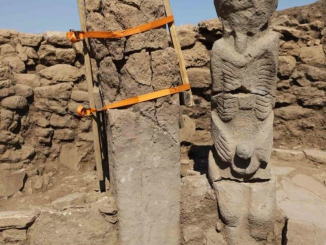In the annals of history, Tibet stands as a land shrouded in mysticism and intrigue. Nestled amidst the rugged peaks of the Himalayas, its cultural and martial traditions have captivated the imagination of scholars and enthusiasts alike. Among the relics that emerge from its rich tapestry of heritage is the Tibetan Sword, known locally as Ral gri. Dating back to the 14th–16th centuries CE, these swords represent a unique blend of artistic finesse and martial prowess. In this exploration, we delve into the enigmatic world of Tibetan swords, focusing on one of the finest specimens from this era.
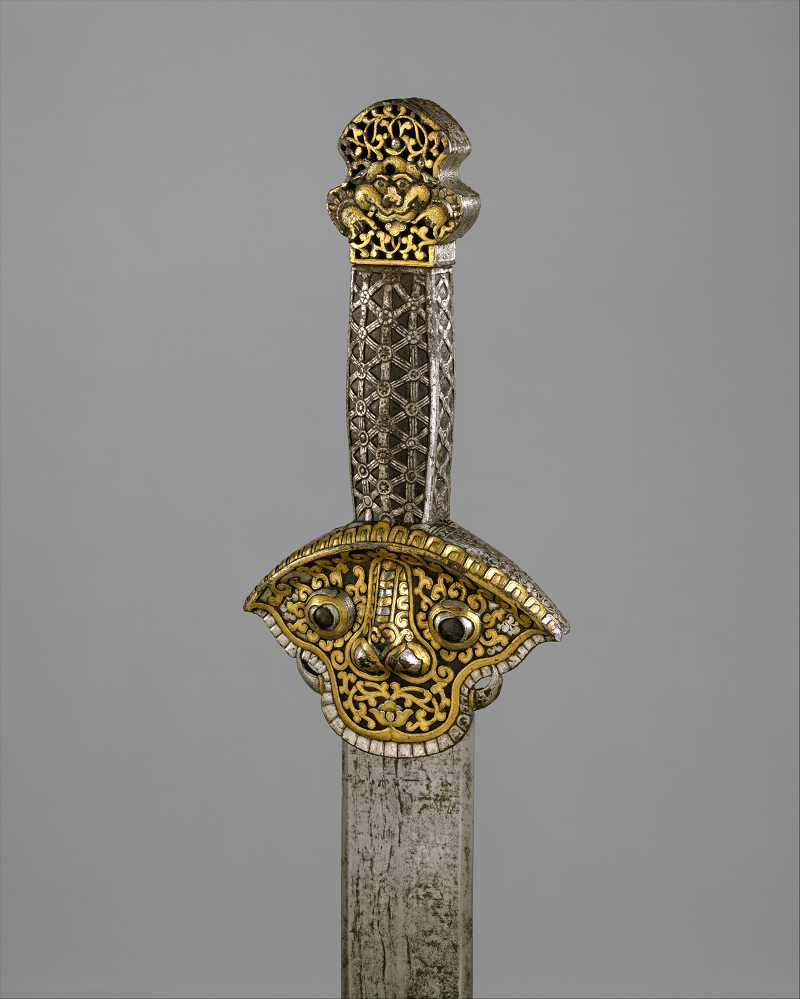
The Aesthetic Marvel of the Tibetan Sword
At the heart of the Tibetan Sword lies an aesthetic marvel that transcends mere utility. Crafted with meticulous attention to detail, the sword epitomizes the fusion of artistry and functionality. The hilt, wrought entirely from iron, bears witness to the skilled hands of ancient artisans. Through techniques of embossing, chiseling, and damascening in gold and silver, they imbued the sword with a breathtaking splendor. Every curve and contour speaks to a reverence for beauty that coexists with the rigors of combat.
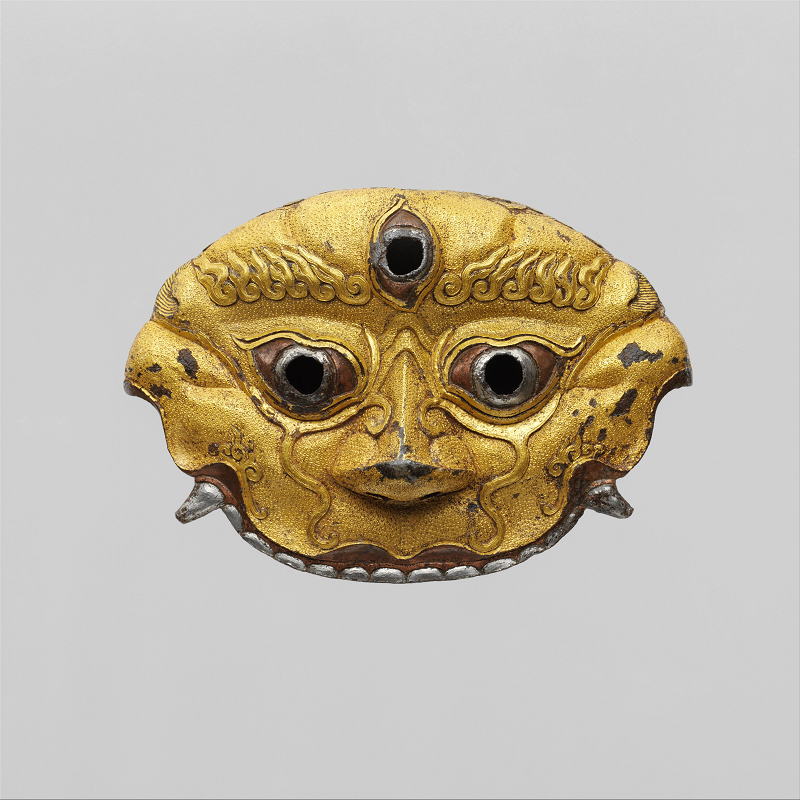
Symbolism and Spiritual Significance
Beyond its material craftsmanship, the Tibetan Sword carries profound symbolism deeply rooted in Tibetan culture and spirituality. The guard, positioned just below the grip, takes the form of a stylized mask evoking the visage of a protective deity or guardian figure. With its menacing teeth and fangs, it embodies the formidable presence of supernatural forces believed to safeguard the wielder in battle. Such symbolic elements underscore the interconnectedness of martial prowess and spiritual beliefs in Tibetan society.
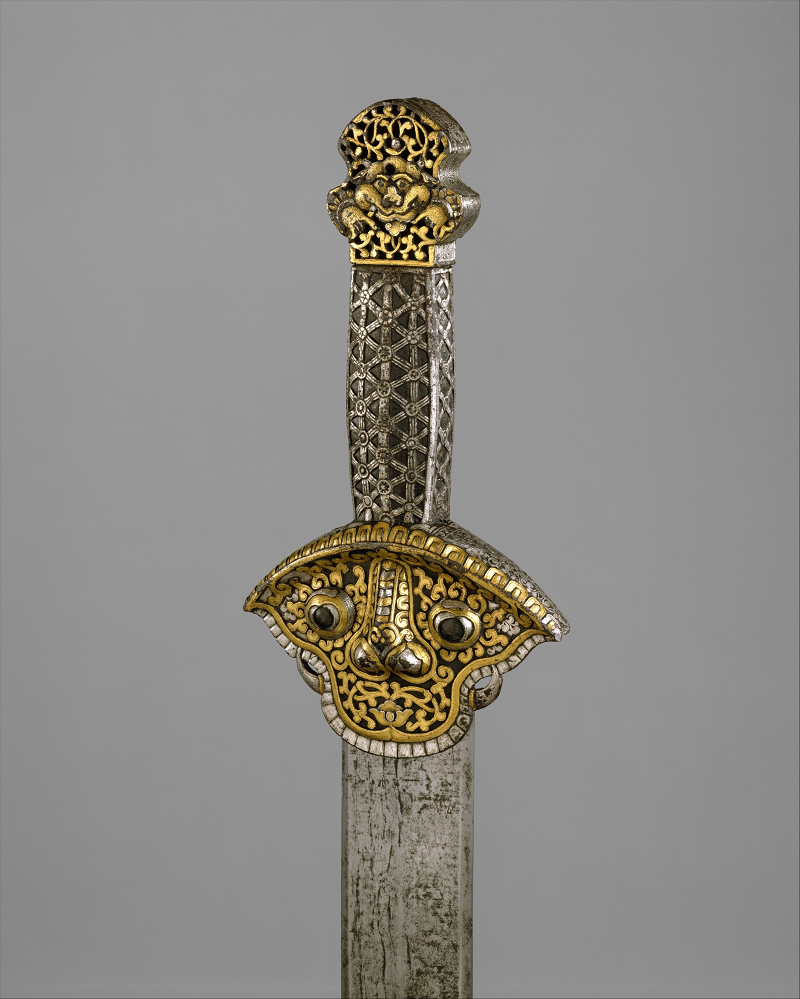
Technical Mastery and Cultural Exchange
While the straight, double-edged blade of the Tibetan Sword may bear resemblance to its Chinese counterparts, its presence in Tibet hints at a broader narrative of cultural exchange and technical mastery. Historical records suggest that Tibet maintained diplomatic and trade relations with neighboring regions, facilitating the exchange of ideas, technologies, and martial practices. As such, the presence of this blade type in Tibet underscores its position as a crossroads of diverse influences, where traditions intersected and evolved over centuries.
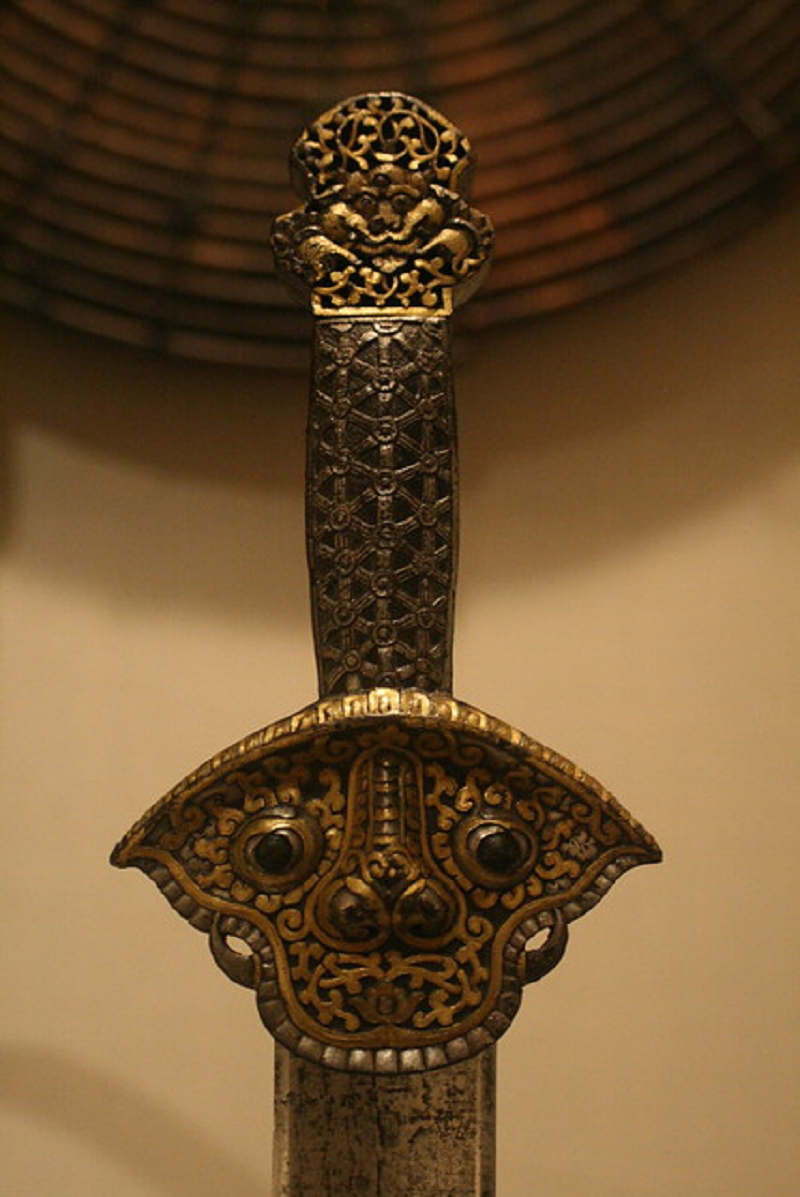
The Legacy of Tibetan Warfare
Beyond their artistic and symbolic significance, Tibetan swords offer a window into the martial heritage of the region. As instruments of warfare, they were wielded by warriors whose valor and skill were renowned throughout the Himalayan plateau. Whether defending against foreign invasions or engaging in local conflicts, these swords were emblematic of Tibetan martial prowess and resilience. Their legacy endures in the annals of history, serving as a testament to the courage and tenacity of those who wielded them in defense of their homeland.

Conclusion
The Tibetan Sword (Ral gri) stands as a testament to the intricate interplay of art, spirituality, and warfare in Tibetan culture. From its exquisite craftsmanship to its profound symbolism, it embodies the essence of a civilization shaped by its unique geography and history. As we unravel the mysteries of this ancient relic, we gain not only a deeper appreciation for the craftsmanship of bygone eras but also a glimpse into the martial traditions that have shaped the course of Tibetan history. In its silent steel, the echoes of a bygone era resonate, inviting us to explore the rich tapestry of Tibet’s cultural heritage.

